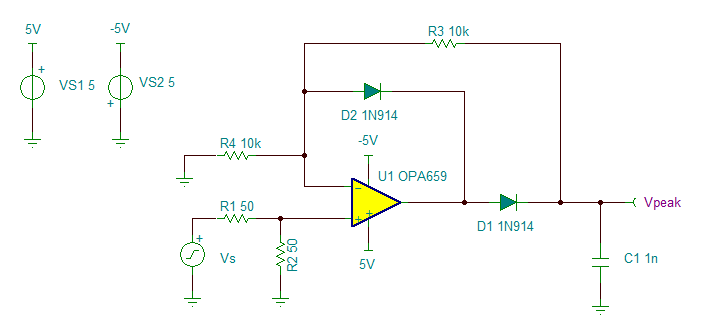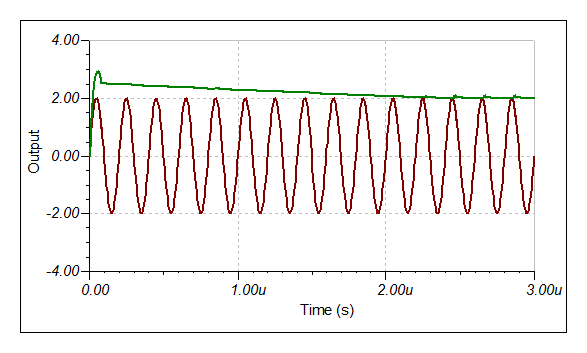I need a super high speed peak detector, able to accurately peak detect a 10ns to 20ns pulse. Is there such an animal, what is the schematic and what amplifier should I use? I see a TI app note sbos138 with a BB 3507J amplifier but the circuit may not be fast enough and apparently the 3507J is no longer available.
Any help please?
Thanks,
John





